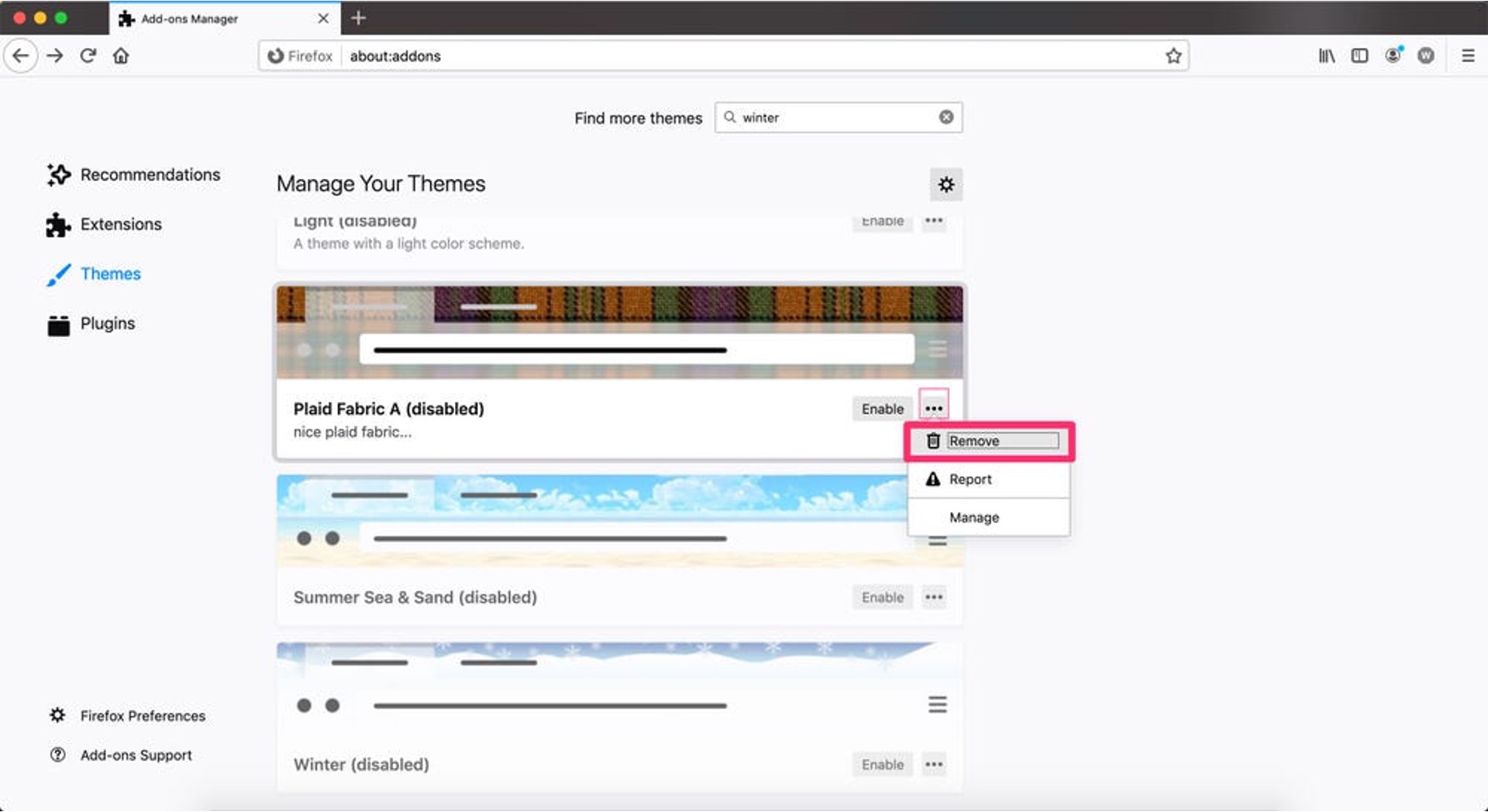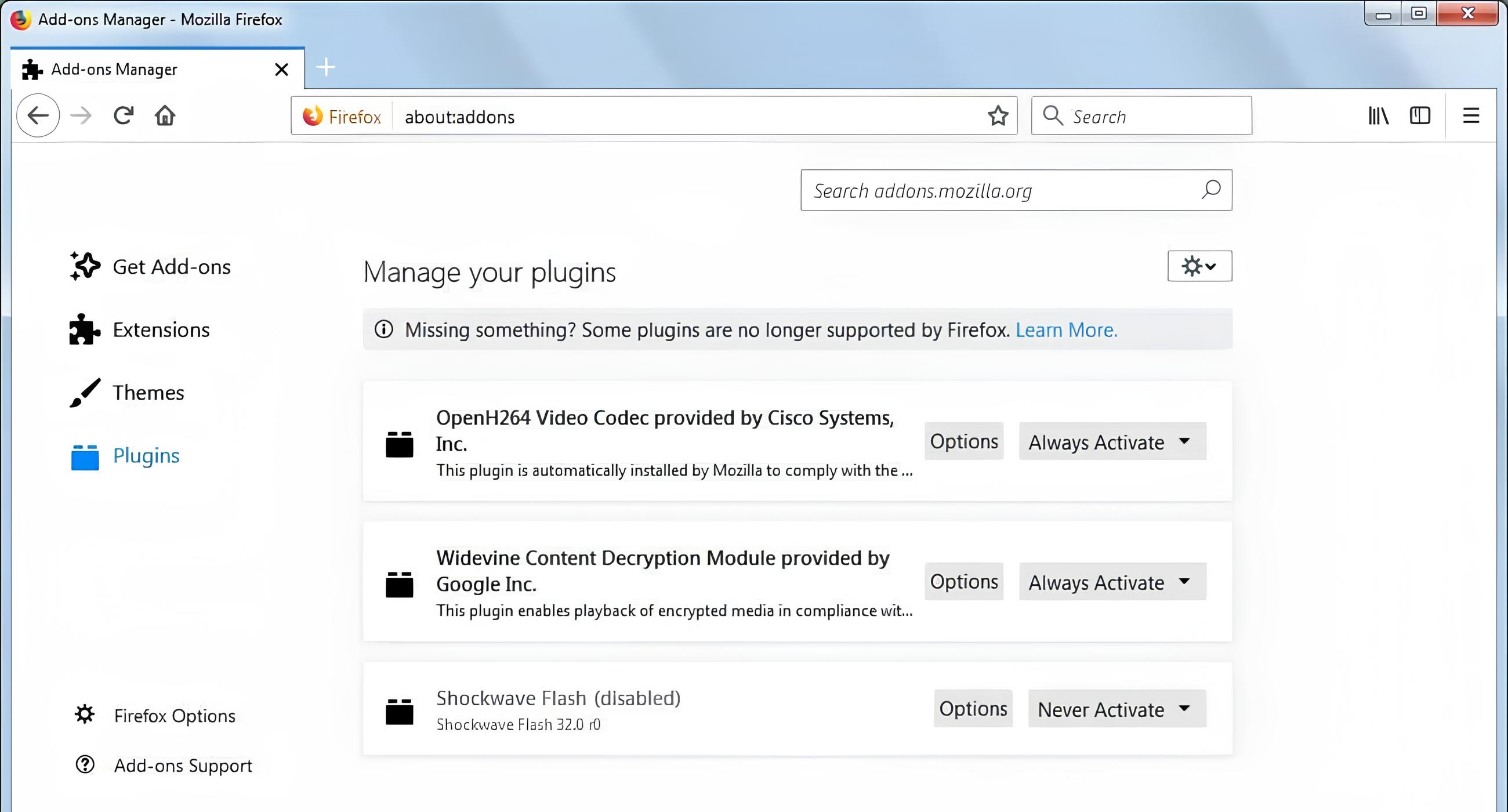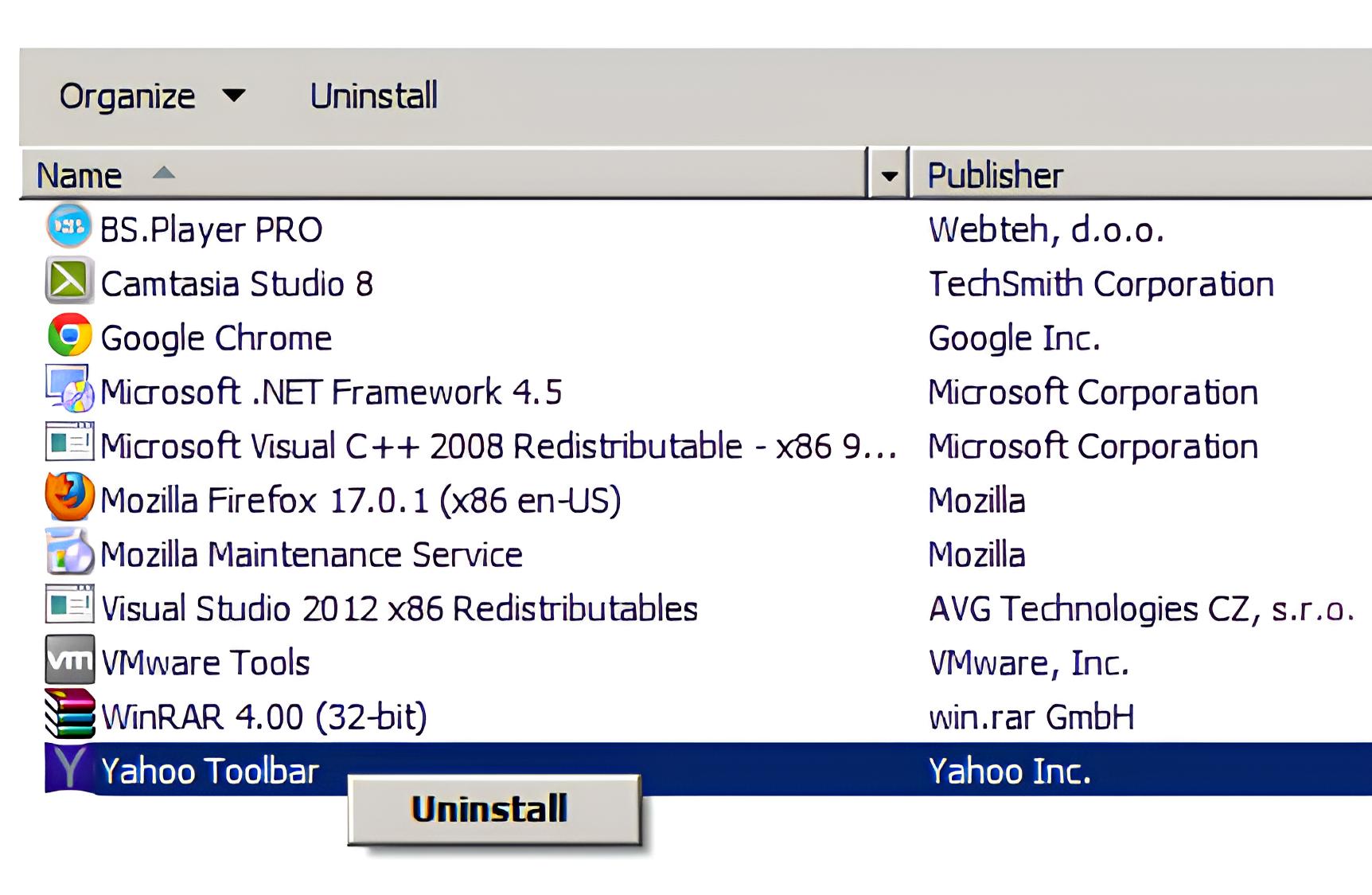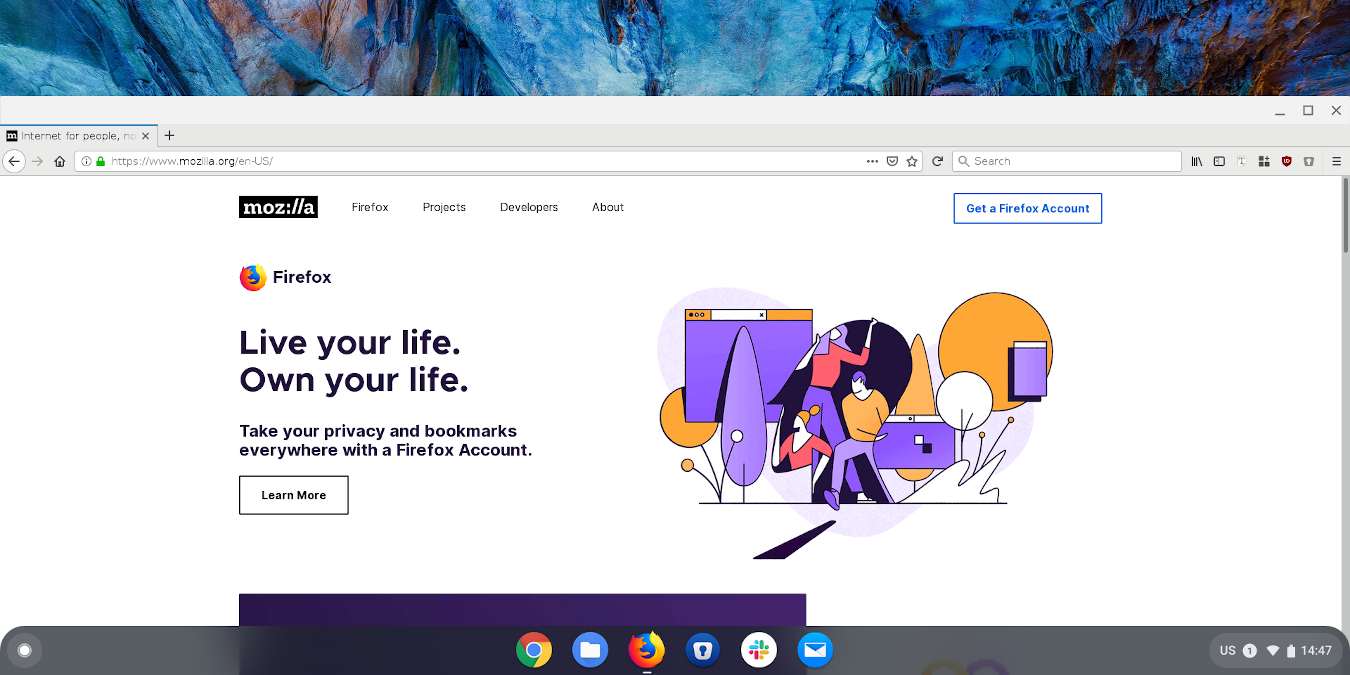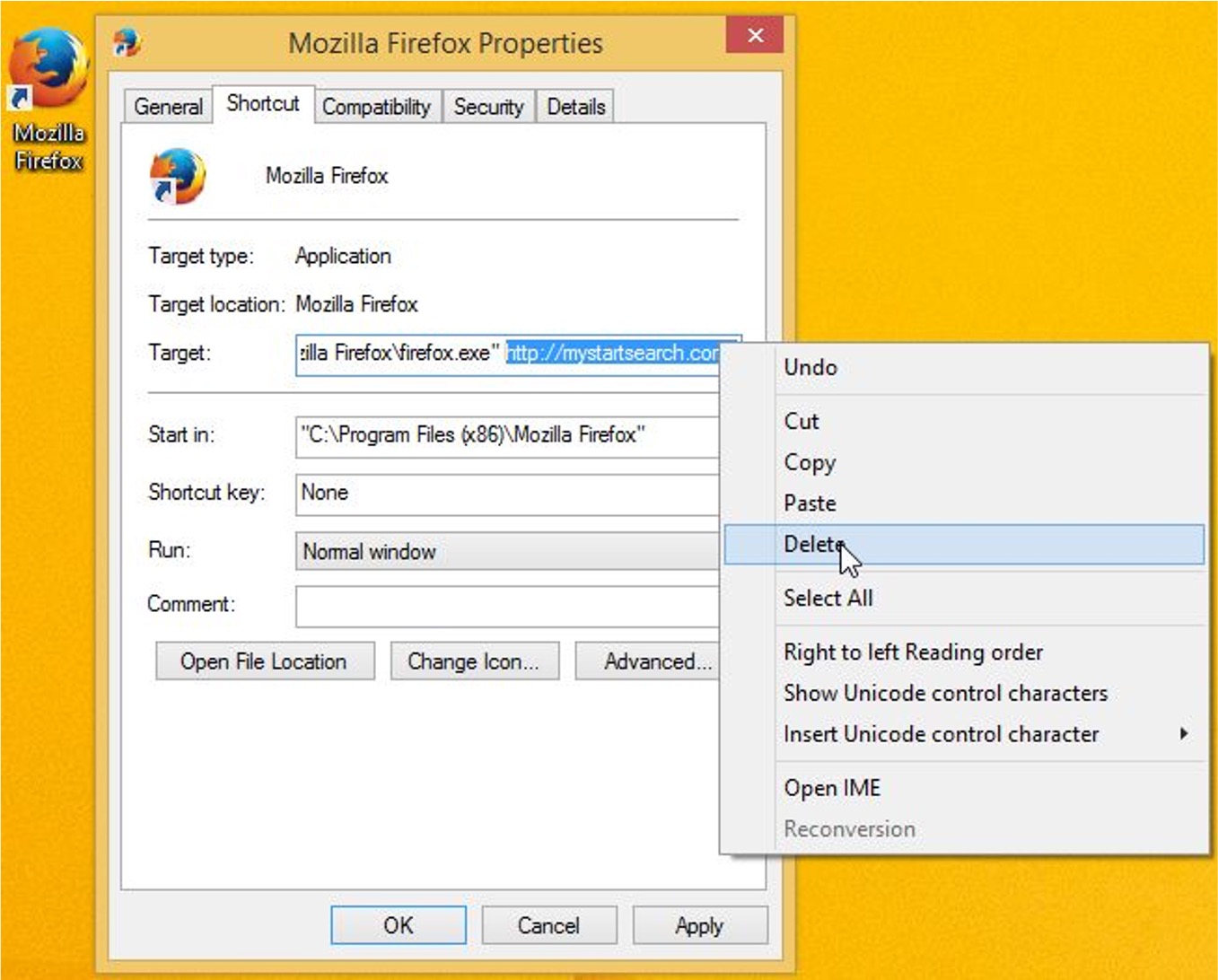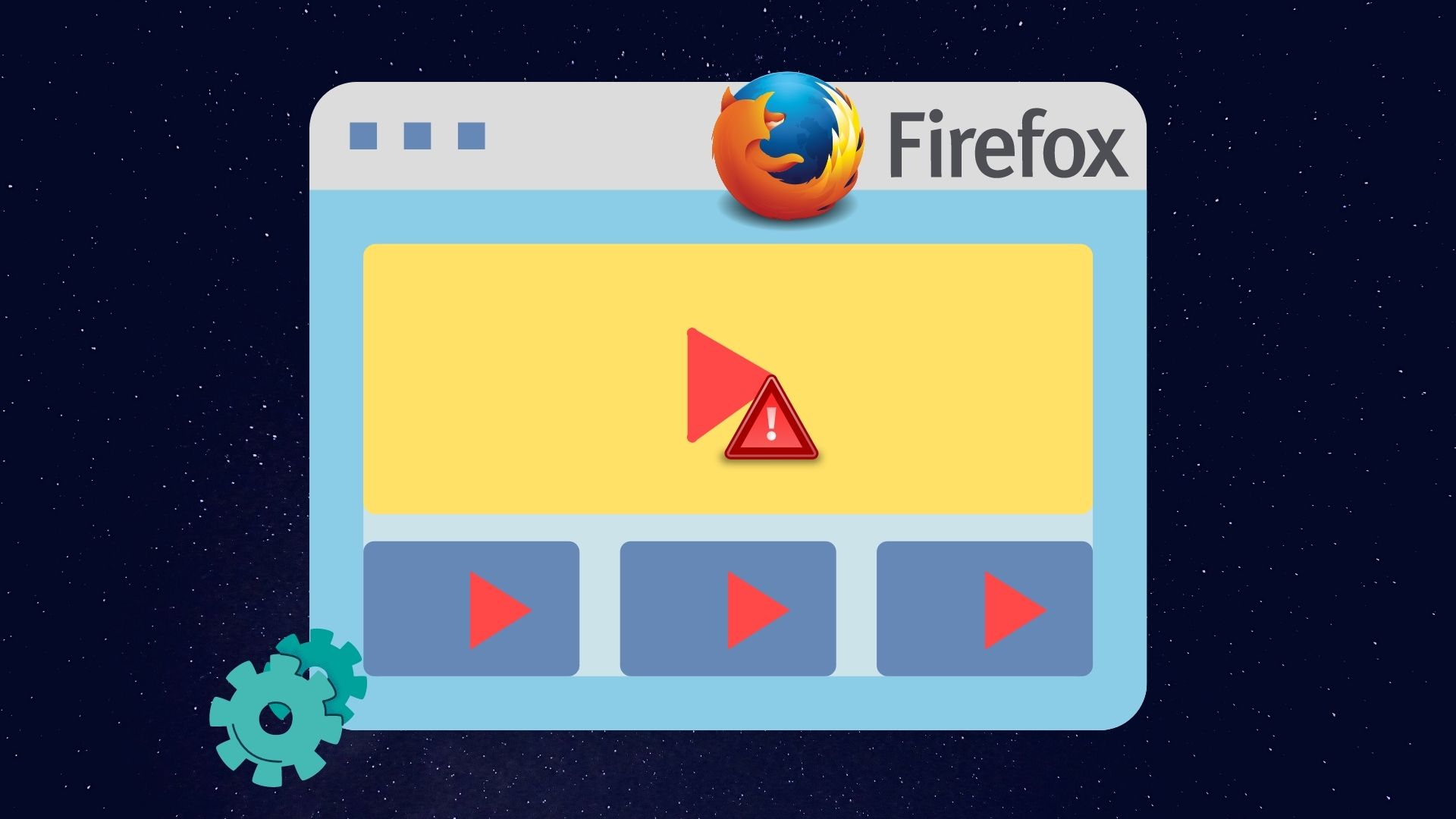Introduction
Creating a Firefox add-on can be an exciting and rewarding endeavor. Whether you want to customize your browsing experience, streamline repetitive tasks, or develop a tool to share with the community, building a Firefox add-on allows you to extend the functionality of the browser in unique ways. With the right guidance and a bit of creativity, you can craft an add-on that enhances your browsing experience and potentially benefits others as well.
Firefox add-ons, also known as extensions, are small software programs that can modify and enhance the functionality of the Firefox web browser. They can add new features, modify existing ones, or integrate with external services to provide a seamless and personalized browsing experience. From ad blockers and password managers to productivity tools and entertainment add-ons, the possibilities are virtually endless.
By creating your own Firefox add-on, you have the opportunity to tailor your browsing experience to your specific needs and preferences. Whether you're a developer looking to streamline your workflow, a designer seeking to customize your browser's appearance, or a power user interested in experimenting with new features, building a Firefox add-on empowers you to take control of your browsing environment.
In this comprehensive guide, we will walk you through the process of creating a Firefox add-on from start to finish. You will learn how to set up your development environment, create the necessary files, write the JavaScript code to add functionality, design a user interface to interact with your add-on, test and debug your creation, and finally, package and distribute it to share with others.
Whether you're a seasoned developer or a newcomer to the world of browser extensions, this guide will equip you with the knowledge and tools needed to bring your ideas to life and contribute to the vibrant ecosystem of Firefox add-ons. So, roll up your sleeves, unleash your creativity, and let's embark on this exciting journey of building a Firefox add-on together.
Setting Up Your Development Environment
Setting up your development environment is the crucial first step in creating a Firefox add-on. This process involves configuring the necessary tools and resources to facilitate the development, testing, and debugging of your add-on. By ensuring that your environment is properly set up, you can streamline the development process and lay a solid foundation for building a successful Firefox add-on.
Install Firefox Developer Edition
To begin, you'll need to install Firefox Developer Edition, a version of Firefox specifically designed for developers. This specialized browser provides a range of tools and features tailored to the needs of add-on developers, including the Web Developer Tools and the Browser Toolbox. These tools enable you to inspect, debug, and modify web pages and add-ons, making them indispensable for add-on development.
Set Up a Code Editor
Next, choose a code editor that suits your preferences and workflow. Popular options such as Visual Studio Code, Sublime Text, or Atom offer robust features for writing and editing code. Selecting a code editor that supports syntax highlighting, code completion, and debugging capabilities can significantly enhance your productivity and coding experience.
Install Node.js and npm
Node.js and npm (Node Package Manager) are essential for managing dependencies and running build scripts for your add-on. Install Node.js, which includes npm, to leverage the vast ecosystem of JavaScript packages and streamline the development process. These tools will enable you to efficiently manage libraries, modules, and other dependencies required for your add-on.
Set Up a Version Control System
Utilizing a version control system, such as Git, is crucial for tracking changes to your add-on's codebase and collaborating with other developers. By creating a repository for your add-on, you can manage revisions, branch your code, and facilitate seamless collaboration. Platforms like GitHub, Bitbucket, or GitLab provide hosting services for your repositories, offering additional features for issue tracking, pull requests, and code reviews.
Configure a Local Development Environment
Finally, set up a local development environment to test your add-on during the development process. This may involve configuring a local web server, using tools like Webpack or Parcel for bundling your add-on's code, and integrating automated testing frameworks to ensure the stability and functionality of your add-on.
By meticulously setting up your development environment, you establish a solid groundwork for creating a Firefox add-on. This preparation equips you with the necessary tools and resources to embark on the subsequent stages of add-on development, empowering you to bring your ideas to life and contribute to the vibrant ecosystem of Firefox add-ons.
Creating the Manifest File
The manifest file serves as the cornerstone of a Firefox add-on, providing essential metadata and configuration details that define the add-on's functionality, permissions, and integration with the browser. This file, typically named manifest.json, encapsulates crucial information that Firefox requires to understand and interact with the add-on.
Understanding the Manifest Structure
The manifest file follows the JSON (JavaScript Object Notation) format, comprising key-value pairs that specify various attributes of the add-on. These attributes include the add-on's name, version, description, author, permissions, content scripts, background scripts, and more. By defining these properties within the manifest file, developers can effectively communicate the add-on's characteristics and behavior to Firefox.
Key Properties and Their Significance
Name and Version
The "name" and "version" properties denote the add-on's title and version number, respectively. These attributes are crucial for identifying and differentiating the add-on within the Firefox ecosystem. Additionally, the version number plays a pivotal role in managing updates and compatibility with Firefox releases.
Description and Author
The "description" and "author" properties provide a concise overview of the add-on's purpose and origin. Crafting a compelling description and attributing the add-on to its creator enhances transparency and aids users in understanding the add-on's intent and source.
Permissions
The "permissions" property enumerates the specific capabilities and access rights required by the add-on. These permissions govern the add-on's interactions with web pages, browser features, and external resources. It is imperative to carefully consider and declare the necessary permissions to ensure the add-on operates securely and responsibly.
Content and Background Scripts
The "content_scripts" and "background" properties define the scripts and code that the add-on injects into web pages and executes in the background, respectively. These components empower developers to augment web content, interact with browser events, and orchestrate complex behaviors within the add-on.
Validating and Testing the Manifest
After crafting the manifest file, it is essential to validate its syntax and structure to ensure compliance with Firefox's requirements. Tools such as JSONLint can be employed to verify the correctness of the JSON format and identify any syntax errors or inconsistencies. Additionally, testing the add-on with the manifest in place allows developers to observe how the defined properties manifest within the browser environment.
Embracing the Manifest as a Blueprint
In essence, the manifest file serves as a blueprint that delineates the fundamental attributes and capabilities of a Firefox add-on. By meticulously crafting and refining the manifest, developers establish a clear and comprehensive foundation for their add-on's functionality and integration with the browser. This foundational document not only communicates vital information to Firefox but also encapsulates the essence of the add-on, laying the groundwork for its evolution and impact within the Firefox ecosystem.
In summary, creating the manifest file represents a pivotal phase in the development of a Firefox add-on, shaping its identity, behavior, and interaction with the browser. By embracing the manifest as a guiding document, developers can articulate the essence of their add-on and set the stage for its seamless integration into the Firefox browsing experience.
Writing the JavaScript Code
Writing the JavaScript code forms the core of developing a Firefox add-on, as it empowers developers to imbue their creations with dynamic functionality, interactivity, and seamless integration with the browser environment. JavaScript serves as the primary language for implementing the logic, behavior, and user interactions within the add-on, enabling developers to craft sophisticated features and enhance the browsing experience for users.
Leveraging the WebExtensions API
Firefox add-ons are built using the WebExtensions API, a comprehensive set of JavaScript APIs that facilitate interaction with various aspects of the browser. These APIs empower developers to manipulate tabs, manage bookmarks, modify web content, interact with browser events, and communicate with external services. By leveraging the WebExtensions API, developers can harness a rich array of capabilities to tailor their add-ons to specific use cases and user needs.
Implementing Event-Driven Logic
Event-driven programming lies at the heart of JavaScript development for Firefox add-ons. By responding to user actions, browser events, and external triggers, developers can orchestrate the behavior of their add-ons in a responsive and intuitive manner. Whether it involves capturing tab changes, intercepting web requests, or handling user interface interactions, event-driven logic enables add-ons to dynamically adapt to the browsing context and user input.
Modularizing Code for Maintainability
Adhering to best practices in JavaScript development, such as modularization and encapsulation, fosters maintainability and scalability within the add-on codebase. By organizing functionality into modular components, developers can enhance code readability, promote reusability, and streamline the debugging and testing process. This approach also facilitates collaboration among developers working on different aspects of the add-on.
Embracing Asynchronous Operations
Asynchronous programming is pivotal in JavaScript development for Firefox add-ons, especially when interacting with external resources, performing network requests, or executing time-consuming tasks. Embracing asynchronous operations, such as using Promises or async/await syntax, enables add-ons to maintain responsiveness and prevent blocking the browser's main thread, thereby ensuring a smooth and uninterrupted browsing experience for users.
Ensuring Compatibility and Performance
Incorporating best practices for cross-browser compatibility and performance optimization is essential when writing JavaScript code for Firefox add-ons. By adhering to standardized APIs, avoiding browser-specific features, and optimizing code for efficiency, developers can ensure that their add-ons function reliably across different Firefox versions and platforms, delivering a seamless experience to users.
In essence, writing the JavaScript code for a Firefox add-on encompasses a blend of creativity, technical proficiency, and adherence to best practices. By harnessing the power of JavaScript and the WebExtensions API, developers can craft add-ons that enrich the browsing experience, empower users with new capabilities, and contribute to the diverse ecosystem of Firefox extensions.
Designing the User Interface
Designing the user interface (UI) of a Firefox add-on is a pivotal aspect of the development process, as it directly influences the user experience and usability of the extension. A well-crafted UI not only enhances the visual appeal of the add-on but also facilitates intuitive interaction, seamless navigation, and efficient access to the add-on's features and functionalities.
Embracing User-Centric Design Principles
When embarking on UI design for a Firefox add-on, it is imperative to embrace user-centric design principles. Understanding the needs, preferences, and behaviors of the target audience enables developers to create an interface that resonates with users and fosters a positive interaction. By conducting user research, gathering feedback, and empathizing with the end users, developers can tailor the UI to align with the expectations and workflows of the intended audience.
Crafting Intuitive Navigation and Layout
The layout and navigation structure of the add-on's UI play a crucial role in guiding users through its features and content. Employing clear and intuitive navigation elements, such as menus, buttons, and tabs, empowers users to effortlessly explore and utilize the add-on's capabilities. Thoughtful arrangement of UI components, logical grouping of functionalities, and adherence to established design patterns contribute to a cohesive and user-friendly interface.
Fostering Visual Consistency and Branding
Consistency in visual elements, such as color schemes, typography, and iconography, fosters a cohesive and recognizable identity for the add-on. By adhering to established branding guidelines and design principles, developers can imbue the UI with a distinct visual identity that aligns with the add-on's purpose and resonates with users. Consistent visual cues and branding elements contribute to a unified and polished user experience.
Prioritizing Accessibility and Responsiveness
Ensuring that the add-on's UI is accessible to users with diverse needs and devices is paramount in UI design. Incorporating accessibility features, such as keyboard navigation support, high contrast modes, and screen reader compatibility, enhances the inclusivity of the add-on. Additionally, designing the UI to be responsive across different screen sizes and devices enables a seamless experience for users accessing the add-on on desktops, laptops, and mobile devices.
Iterative Prototyping and User Testing
Iterative prototyping and user testing are instrumental in refining the UI design of a Firefox add-on. By creating prototypes and conducting usability testing with representative users, developers can gather valuable insights, identify usability issues, and iteratively enhance the UI to align with user expectations. This iterative approach fosters continuous improvement and refinement of the UI design, ultimately resulting in an interface that resonates with users and facilitates a delightful browsing experience.
In essence, designing the user interface of a Firefox add-on encompasses a blend of user empathy, visual design expertise, and a commitment to usability. By prioritizing user-centric design, fostering intuitive navigation, embracing visual consistency, ensuring accessibility, and iterating through prototyping and testing, developers can craft a UI that enhances the add-on's functionality and resonates with its users.
Testing and Debugging
Testing and debugging are integral phases in the development of a Firefox add-on, ensuring that the extension functions reliably, behaves as intended, and delivers a seamless experience to users. By rigorously testing the add-on across various scenarios and debugging any issues that arise, developers can enhance the quality, stability, and performance of their creations.
Unit Testing and Integration Testing
Unit testing involves evaluating individual components of the add-on, such as functions, modules, and classes, in isolation to verify their correctness and expected behavior. By writing unit tests using frameworks like Mocha or Jest, developers can systematically validate the functionality of discrete parts of the add-on, identifying and rectifying potential issues early in the development cycle.
Integration testing focuses on assessing the interactions and collaborations between different components of the add-on, ensuring that they seamlessly integrate and operate cohesively. By simulating real-world usage scenarios and testing the add-on's behavior in conjunction with external dependencies, integration testing validates the overall functionality and interoperability of the extension.
End-to-End Testing
End-to-end testing involves evaluating the add-on's behavior and functionality in a simulated browser environment, replicating user interactions and workflows to validate the end-to-end user experience. Leveraging tools like Selenium or Puppeteer, developers can automate user interactions, navigation, and assertions within the browser, comprehensively testing the add-on's behavior across different scenarios and browser configurations.
Debugging and Error Handling
During the testing phase, diligent debugging is essential for identifying and resolving issues within the add-on's codebase. Leveraging browser developer tools, console logging, and debugging extensions, developers can inspect the add-on's execution, trace the flow of data, and diagnose potential errors or unexpected behaviors. By systematically addressing and rectifying issues, developers can enhance the robustness and reliability of the add-on.
User Feedback and Beta Testing
Incorporating user feedback and conducting beta testing with a diverse group of users provides valuable insights into the real-world usage and performance of the add-on. By gathering feedback, observing user interactions, and soliciting suggestions for improvement, developers can iteratively refine the add-on, address usability concerns, and align the extension with the expectations and needs of its user base.
Continuous Integration and Deployment
Integrating automated testing into the development workflow, coupled with continuous integration and deployment pipelines, streamlines the testing and validation process. By automating the execution of tests, code quality checks, and deployment procedures, developers can ensure that each code change undergoes rigorous testing and validation, fostering a culture of quality and reliability within the development process.
In essence, testing and debugging are pivotal phases that underpin the quality, reliability, and user satisfaction of a Firefox add-on. By embracing a comprehensive testing strategy, diligent debugging practices, user feedback, and automation, developers can elevate the add-on's quality, fortify its performance, and deliver a compelling and seamless browsing experience to its users.
Packaging and Distributing Your Add-On
Packaging and distributing your Firefox add-on marks the culmination of the development journey, as it involves preparing the extension for deployment, sharing it with users, and potentially contributing to the broader Firefox add-on ecosystem. This phase encompasses the essential steps of packaging the add-on into a distributable format, adhering to Mozilla's guidelines, and making it accessible to users through official distribution channels.
Packaging the Add-On
Packaging the add-on involves assembling its components, including the manifest file, JavaScript code, user interface assets, and any additional resources, into a structured and compressed format. This typically involves creating a ZIP file that encapsulates the add-on's contents, ensuring that it adheres to the required structure and file organization specified by Mozilla's Add-on Distribution Policies.
Generating Distribution Artifacts
In preparation for distribution, developers need to generate distribution artifacts, such as an installable XPI (Cross-Platform Install) file, which serves as the packaged form of the add-on ready for installation in Firefox. This process may involve signing the add-on using Mozilla's signing service to verify its authenticity and compliance with security standards, a prerequisite for distribution through official channels.
Publishing to Mozilla Add-ons
Publishing the add-on to Mozilla Add-ons, the official repository for Firefox extensions, enables developers to reach a broad audience of Firefox users and benefit from the discoverability and trust associated with the platform. By creating a developer account, submitting the add-on for review, and adhering to Mozilla's policies and guidelines, developers can make their add-ons available for installation directly from the Firefox Add-ons Manager.
Promoting and Sharing
Beyond official distribution channels, developers can promote and share their add-ons through various channels, such as their own websites, developer communities, social media platforms, and relevant forums. By crafting compelling descriptions, engaging visuals, and informative documentation, developers can attract users to discover and install their add-ons, fostering a community of users and contributors around their creations.
Monitoring and Maintenance
Once the add-on is deployed, developers should monitor its performance, user feedback, and potential issues to ensure a positive user experience. Regular updates, maintenance, and responsiveness to user feedback contribute to the longevity and relevance of the add-on, fostering user satisfaction and engagement.
In essence, packaging and distributing a Firefox add-on represents the pivotal transition from development to deployment, enabling developers to share their creations with the world and contribute to the diverse landscape of Firefox extensions. By adhering to best practices, leveraging official distribution channels, and engaging with the user community, developers can amplify the impact and reach of their add-ons, enriching the browsing experiences of Firefox users worldwide.







